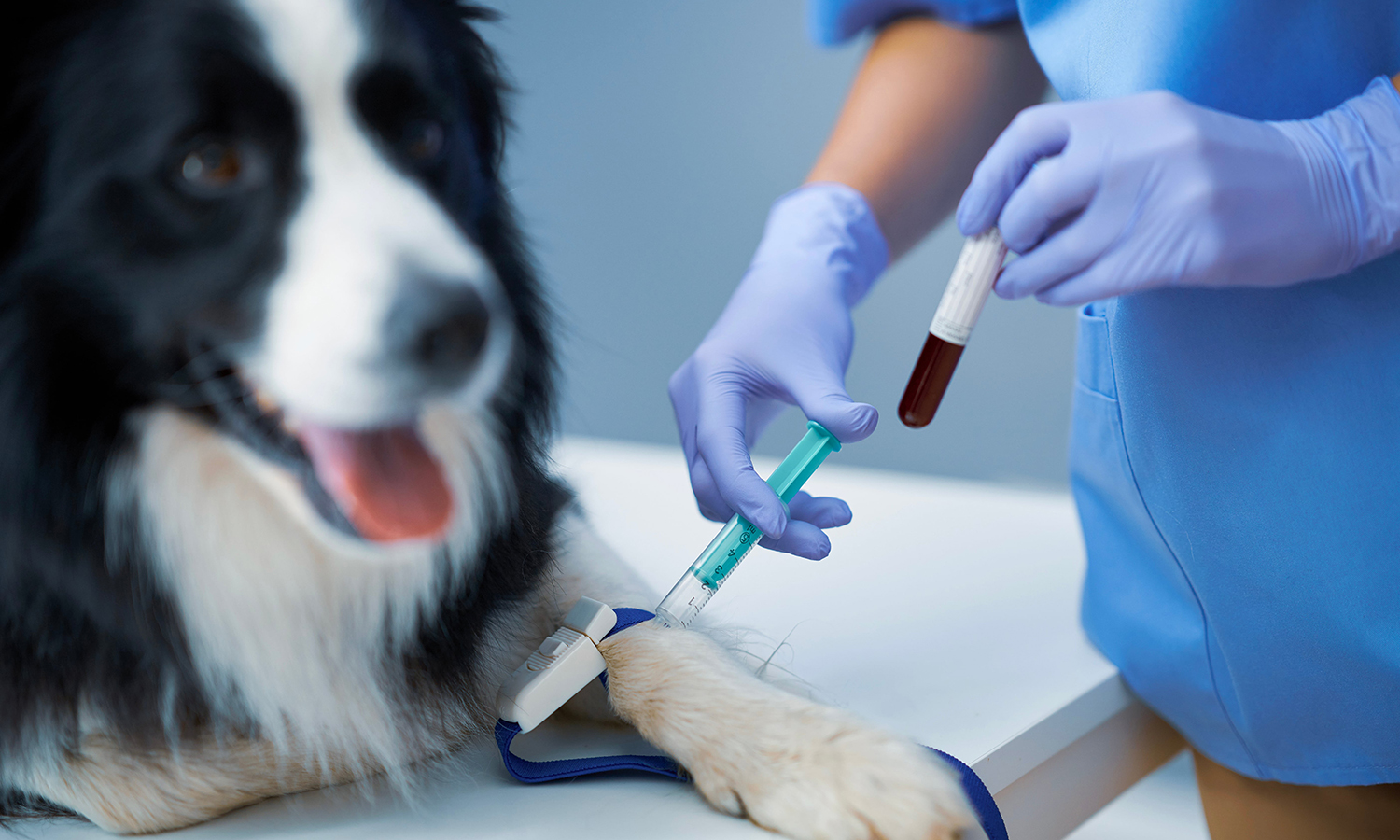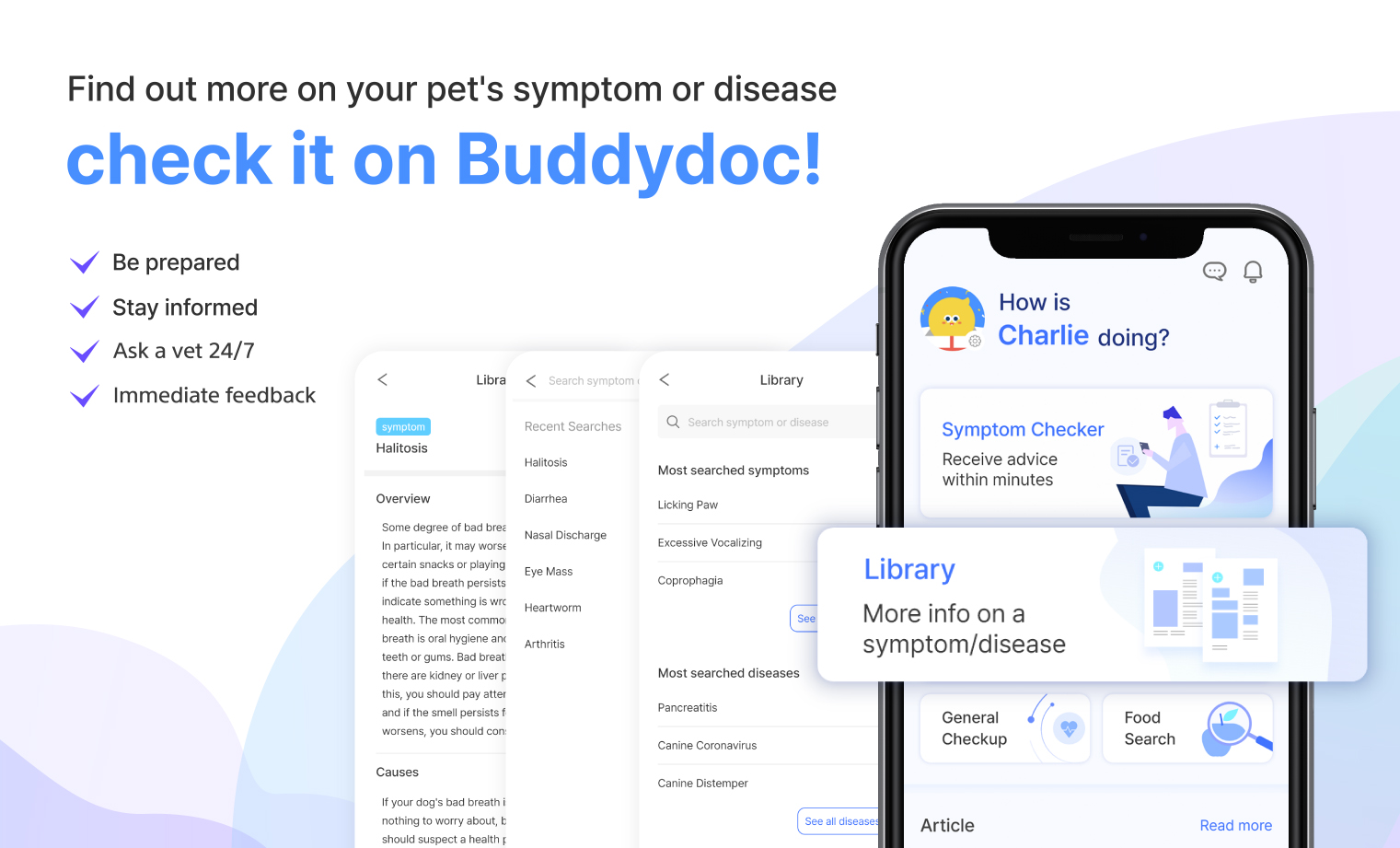DISEASES
Addison's Disease in Dogs - Signs, Symptoms, and Diagnosis
페이지 정보
본문

What is Addison’s Disease?
Medically known as hypoadrenocorticism, Addison’s disease is an uncommon condition that develops when the adrenal glands do not produce enough of certain hormones vital for healthy living in dogs. The adrenal glands are organs located above the kidneys that produce the hormones cortisol and aldosterone, which are needed to regulate various bodily functions. This decrease in function can primarily be attributed to the immune-mediated destruction of adrenal tissue. Symptoms of Addison's disease are vague, such as vomiting and diarrhea, which make it hard to diagnose. Treatment is usually successful, although ongoing management may be required after diagnosis.
What are the Causes of Addison’s Disease in Dogs?
The causes of Addison's disease can be classified according to the two types of hypoadrenocorticism:
-
Early morning
Addison's disease is primarily caused by immune-mediated destruction in which the dog's immune system attacks the adrenal glands. Others, usually less common, can also result from trauma, tumors, granulomatous disease, or damage to the adrenal glands caused by drugs (such as drugs to treat Cushing's disease).
-
Secondary hypoadrenocorticism
The adrenal glands are stimulated by adrenocorticotropic hormone (ACTH) secreted by the pituitary gland to secrete hormones. Addison's disease can occur when long-term steroid drug treatment is suddenly discontinued, or when the secretion of corticotropin is reduced due to a congenital defect or the presence of a tumor on the pituitary gland.
Addison's disease can occur in all breeds, but the following breeds are found to have a high genetic predisposition:
- Standard Poodle
- West Highland White Terrier
- Great Dane
- Portuguese Water Dog
- Bearded Collie
- Labrador Retrievers
What are the Symptoms of Addison’s Disease?
Symptoms of Addison's disease are usually non-specific, but some signs indicate a good reason to see a vet and have it checked.
The following symptoms of Addison's disease include:
- Lethargy
- Anorexia
- Vomiting
- Diarrhea
- Weight loss
- Intermittent shivering
- Excessive thirst (Polyuria)
- Increased urination (Polydipsia)
- Dehydration
Since the symptoms of Addison's disease are generally common, they are often found in the course of hospital treatment due to mild symptoms or other diseases, or in an emergency, Addison's crisis.
What is Addison’s crisis?
An Addison's crisis is an emergency in which a dog’s condition suddenly worsens, resulting in severe vomiting and diarrhea, rapid loss of energy, or, in more severe cases, shock or collapse.
When to see a vet if you suspect Addison’s disease?
Addison's disease is difficult to recognize because the symptoms are vague and common amongst other conditions. If the above symptoms are mild but recurring, it is recommended to consult a veterinarian to be safe. Sudden loss of energy and sudden collapse accompanied by severe vomiting and diarrhea require immediate medical attention as Addison's crisis may have occurred.
How do I manage Addison’s disease at home?
Addison's disease is a disease that is difficult to manage without an accurate diagnosis and treatment by a veterinarian. If any of the symptoms mentioned above appear, it is recommended that you consult with your veterinarian for appropriate treatment.
How is Addison’s Disease Diagnosed in Dogs?
Addison’s disease is typically diagnosed during an Addison’s crisis because of how vague symptoms can be in patients with Addison's disease. A veterinarian may perform tests to diagnose and differentiate other diseases first, depending on the symptoms your dog is showing.
The following examinations may be suggested to you during a visit:
-
History evaluation
The veterinarian may ask you about the severity, frequency, and frequency of symptoms, and any treatment for recent illness or medications you are taking.

-
Blood test
Blood work may be administered to determine the cause of symptoms or collapse to help rule out other diseases. This is to evaluate the presence of abnormalities in other organs along with the evaluation of Addison's disease. High sodium, low potassium levels, and anemia may suggest Addison's disease.
-
ACTH stimulation test
The most reliable test for Addison's disease is the ACTH stimulation test. Cortisol levels before and after administration of ACTH-stimulating drugs can be measured to determine if the adrenal glands are functioning normally. Addison's disease is diagnosed if the cortisol concentration level is low or within the low-normal range and does not increase after synthetic hormone is administered.
-
Image inspection (X-ray, ultrasound)
In the case of hypoadrenocorticism, abnormalities in the adrenal glands can be detected in ultrasound, but an accurate diagnosis is usually made with an ACTH stimulation test. However, due to the ambiguous nature of adrenocortical insufficiency, it is often used for differential diagnosis from other diseases, and to identify inflammatory bowel disease, renal failure, pleural effusion, ascites, etc. through imaging tests.
-
Pituitary test (CT, MRI)
In rare cases, if a pituitary problem is suspected, additional CT or MRI scans may be performed.
What Treatments Are Available for Addison’s Disease?
Treatment of Addison's disease is divided into two stages.
If there is a specific clinical symptom, treatment for that symptom comes first. In the case of dehydration and electrolyte imbalance, fluid therapy treatment may be administered. In an emergency, such as an Addison's crisis, or if electrolyte imbalance and acidosis are severe, more aggressive fluid treatment may be necessary. Glucose can be supplemented if hypoglycemia is present, and blood transfusions may be needed if anemia is present. In addition, various treatment processes are performed according to the patient's condition, such as antiemetic therapy, maintenance of body temperature, protection of the gastrointestinal tract, pain management, and nutrition supply.
After stabilizing the overall condition of the body, management for hormonal control begins.
The main goal is to replenish the deficient hormones mineralocorticoids and/or glucocorticoids. Drugs such as DOCP, Fludrocortisone acetate, and Prednisone are used depending on the patient's condition, so it is necessary to consult with a veterinarian to determine which drug is suitable. Regular vet visits may be required to monitor electrolytes to adjust the dose and interval of administration in the early stages of treatment after prescribing a new drug. Treatment is usually successful and may require lifelong management. The prognosis is also good if management through regular checkups and medication is kept to date.
Any Prevention Tips for Addison’s Disease?
Addison's disease is difficult to prevent and instead requires health management through periodic checkups.
Find out more about your dog’s disease or symptoms in the Buddydoc Library!

The Buddydoc library is filled with everything you’d want to know about each symptom and disease your pet may experience. If you would like to find out more about the causes, signs, treatments, preventions, and more for your dog’s disease. Try out the Buddydoc app and search your pet’s symptom or disease in the Buddydoc library.













